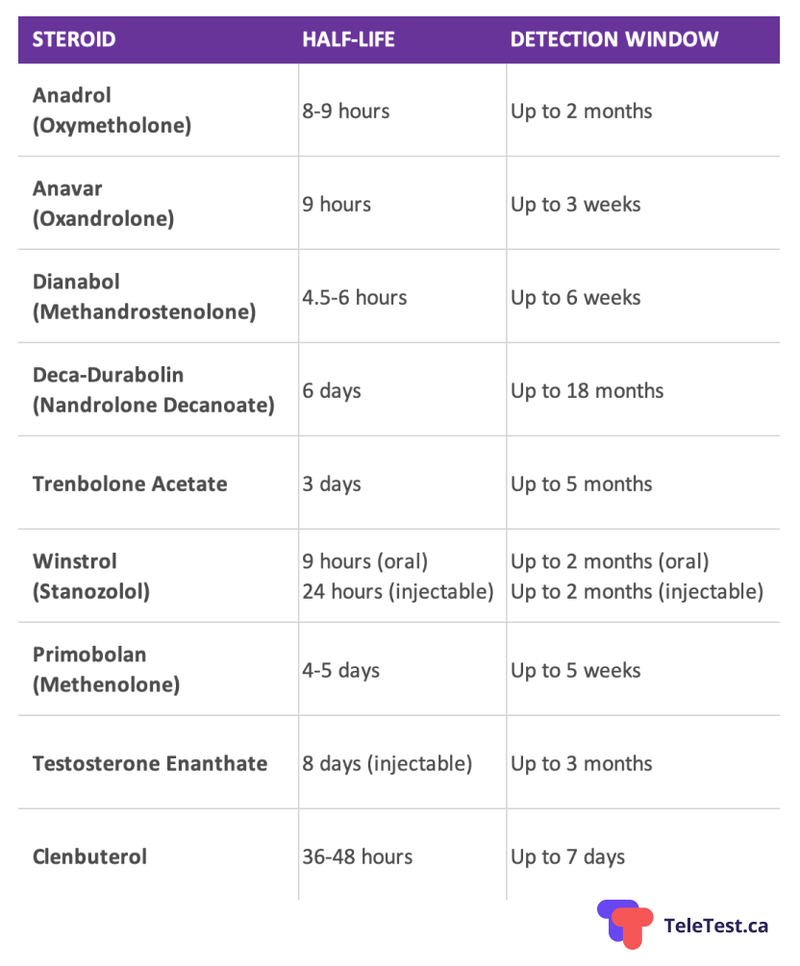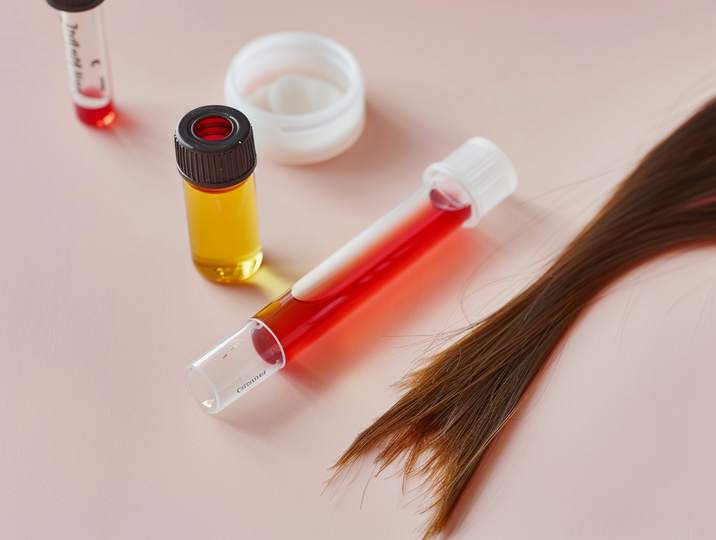How anabolic steroids work in the body
Anabolic steroids, also known as anabolic-androgenic steroids (AAS), are synthetic derivatives of the male hormone testosterone. These substances work by mimicking the effects of testosterone in the body, promoting the growth and development of muscle tissue, as well as enhancing various physiological processes.
When anabolic steroids are introduced into the body, they bind to specific receptors called androgen receptors, which are found in various tissues, including muscle, bone, and the central nervous system. This binding triggers a cascade of events that ultimately lead to increased protein synthesis, enhanced muscle growth, and improved recovery from physical activity.
The anabolic effects of steroids, such as increased muscle mass and strength, are mediated through the activation of these androgen receptors. Meanwhile, the androgenic effects, which are related to the development of male secondary sexual characteristics, are also a result of this receptor activation. The balance between the anabolic and androgenic effects can vary depending on the specific type of steroid and the dosage used.
Factors affecting the detection time of anabolic steroids
The detection time of anabolic steroids in the body can vary significantly depending on a number of factors. These factors can influence the rate at which the steroids are metabolized and excreted from the body, ultimately affecting how long they remain detectable in various biological samples.
One of the primary factors is the type of steroid being used. Different anabolic steroids have different chemical structures and properties, which can affect their metabolic pathways and clearance rates. Some steroids, such as testosterone and its derivatives, may have a shorter detection window, while others, like nandrolone or trenbolone, can remain detectable for a more extended period.
The dosage and duration of use are also crucial factors. Higher doses and longer cycles of steroid use can lead to a longer detection time, as the body may take more time to fully metabolize and eliminate the substances. Additionally, the method and frequency of administration can play a role. Oral steroids have a shorter detection window compared to injectables and intermittent or sporadic use may result in a shorter detection window compared to consistent, long-term use.
Half Life of Oral vs. Injectable Steroids
The duration of activity for anabolic steroids in the body varies significantly between oral and injectable forms due to differences in their pharmacokinetics.
Oral Anabolic Steroids:
- Absorption and Metabolism: Oral anabolic steroids are absorbed through the gastrointestinal tract and processed by the liver. This first-pass metabolism often reduces their bioavailability.
- Half-Life: Oral steroids generally have shorter half-lives. For example:
- Dianabol (Methandrostenolone): 4-6 hours
- Anadrol (Oxymetholone): 9 hours
- Duration of Activity: Due to their shorter half-lives, oral steroids require more frequent dosing (daily or multiple times per day) to maintain stable blood levels.
Injectable Anabolic Steroids:
- Absorption and Metabolism: Injectables are administered directly into the muscle, bypassing the liver initially, which allows for more gradual absorption into the bloodstream.
- Half-Life: Injectable steroids often have longer half-lives due to their esterification (attachment of ester chains), which slows their release from the injection site. For example:
- Testosterone Enanthate: 4-5 days
- Nandrolone Decanoate: 6-12 days
- Duration of Activity: Due to longer half-lives, injectables can be administered less frequently (weekly or bi-weekly) while maintaining stable blood levels.
Commonly used anabolic steroids and their detection times
There are a wide variety of anabolic steroids available, each with its own unique properties and detection windows. Some of the most commonly used anabolic steroids and their approximate detection times are as follows:
- Testosterone: 2-4 weeks
- Nandrolone (Deca-Durabolin): 3-6 months
- Stanozolol (Winstrol): 2-3 weeks
- Methandrostenolone (Dianabol): 3-6 weeks
- Trenbolone: 3-4 months
- Boldenone (Equipoise): 3-6 months
It's important to note that these detection times are approximate and can vary depending on the individual's metabolism, dosage, and other factors. Additionally, some steroids may have longer-lasting metabolites that can be detected for an even more extended period.

Testing methods for detecting anabolic steroids
There are several methods used to detect the presence of anabolic steroids in the body, each with its own advantages and limitations. The most common testing methods include:
- Urine testing: This is the most widely used method for detecting anabolic steroids. Urine samples are analyzed using various techniques, such as gas chromatography-mass spectrometry (GC-MS) and liquid chromatography-mass spectrometry (LC-MS), to identify the presence of steroid metabolites.
- Blood testing: Blood tests can also be used to detect the presence of anabolic steroids. This method is particularly useful for detecting the parent compounds of steroids, as well as certain metabolites that may not be as readily excreted in urine.
- Hair testing: Hair analysis is a relatively newer method for detecting anabolic steroids. It can provide a longer-term history of steroid use, as the substances can be detected in hair samples for several months or even years, depending on the length of the hair sample.
Each testing method has its own strengths and weaknesses, and the choice of method may depend on the specific needs and requirements of the testing scenario, such as the type of steroid being targeted, the desired detection window, and the availability of resources.
How long do anabolic steroids stay in urine?
The detection time of anabolic steroids in urine can vary significantly depending on the specific steroid, the dosage, and the individual's metabolism. Generally, the detection window for most anabolic steroids in urine ranges from a few days to several months.
For example, testosterone and its derivatives, such as stanozolol (Winstrol) and methandrostenolone (Dianabol), can typically be detected in urine for 2-4 weeks after the last dose. On the other hand, longer-acting steroids like nandrolone (Deca-Durabolin) and trenbolone can be detected for 3-6 months or even longer.
It's important to note that the detection time can also be influenced by factors such as the individual's body composition, hydration status, and the specific testing methods used. Additionally, the sensitivity of the testing equipment and the threshold levels set by the testing authorities can also impact the detection window.
How long do anabolic steroids stay in blood?
The detection time of anabolic steroids in the blood is generally shorter than in urine, but it can still provide valuable information about recent steroid use.
Most anabolic steroids can be detected in the blood for a period of 1-4 weeks after the last dose, depending on the specific steroid and the individual's metabolism. Shorter-acting steroids, such as testosterone and its derivatives, may only be detectable for a week or two, while longer-acting steroids like nandrolone and trenbolone can be detected for up to a month or more.
Blood testing is particularly useful for detecting the presence of the parent compounds of anabolic steroids, as well as certain metabolites that may not be as readily excreted in urine. Additionally, blood tests can provide more accurate information about the concentration of the steroid in the body, which can be useful for determining the timing and dosage of steroid use.
How long do anabolic steroids stay in hair?
Hair testing for the detection of anabolic steroids is a relatively newer method compared to urine and blood testing, but it can provide a much longer-term history of steroid use.
Anabolic steroids can be detected in hair samples for several months or even years, depending on the length of the hair sample. The detection window for most anabolic steroids in hair is typically 3-6 months, but it can be even longer for some substances.
Hair testing is particularly useful for detecting long-term or chronic steroid use, as the substances become incorporated into the hair shaft as it grows. This means that a single hair sample can provide information about an individual's steroid use over an extended period, making it a valuable tool for detecting long-term doping or abuse.
Ways to speed up the elimination of anabolic steroids from the body
While there is no foolproof way to completely eliminate anabolic steroids from the body, there are some strategies that may help to speed up the elimination process and reduce the detection window.
One of the most effective methods is to engage in regular physical activity and exercise. This can help to increase the body's metabolic rate, which can in turn accelerate the breakdown and excretion of the steroids. Additionally, consuming a healthy, balanced diet with adequate hydration can also support the body's natural detoxification processes.
Another approach is to use certain supplements or medications that may enhance the elimination of anabolic steroids. For example, some diuretics and liver-supporting supplements have been shown to potentially accelerate the excretion of steroid metabolites. However, it's important to consult with a healthcare professional before using any supplements or medications, as they may have their own side effects and interactions.
It's worth noting that while these strategies may help to reduce the detection window, they cannot guarantee the complete elimination of anabolic steroids from the body. The only reliable way to ensure that the substances are no longer detectable is to refrain from using them altogether and allow for a sufficient amount of time to pass before any testing is conducted.
Conclusion
The detection time of anabolic steroids can vary widely depending on the specific steroid, the dosage and duration of use, and individual factors such as metabolism and body composition. While urine testing is the most widely used method for detecting the presence of these substances, blood and hair testing can also provide valuable information about an individual's steroid use.
By being aware of the factors that influence the detection time of anabolic steroids and the various testing methods available, individuals can make informed decisions about their use of these substances and take steps to minimize the potential risks and consequences. However, it's important to remember that the safest approach is to avoid using anabolic steroids altogether and to prioritize natural, healthy methods for achieving fitness and performance goals.
Disclaimer: This blog post is intended for educational purposes only and should not be taken as medical advice. Always consult your healthcare provider for personal health concerns.
